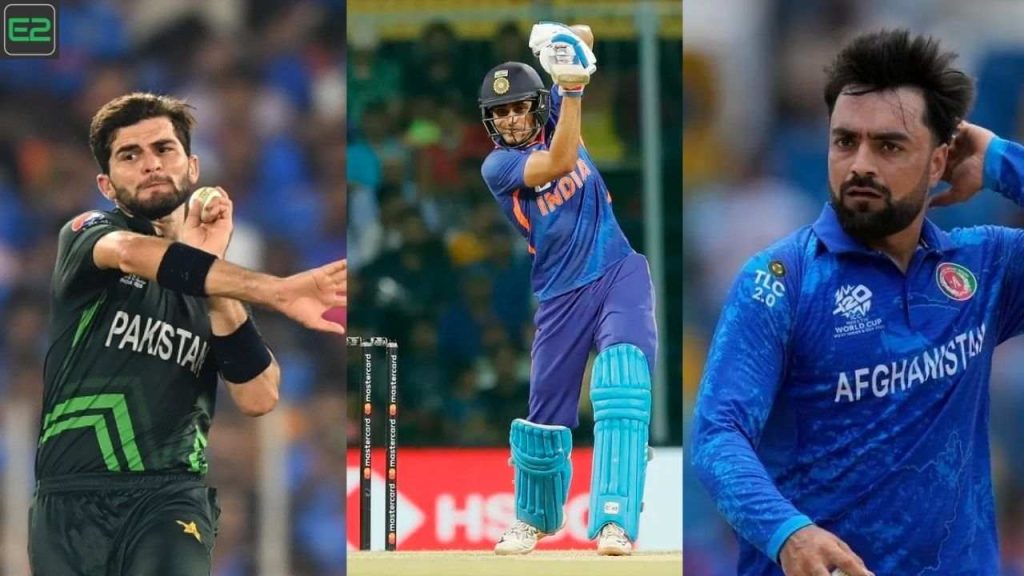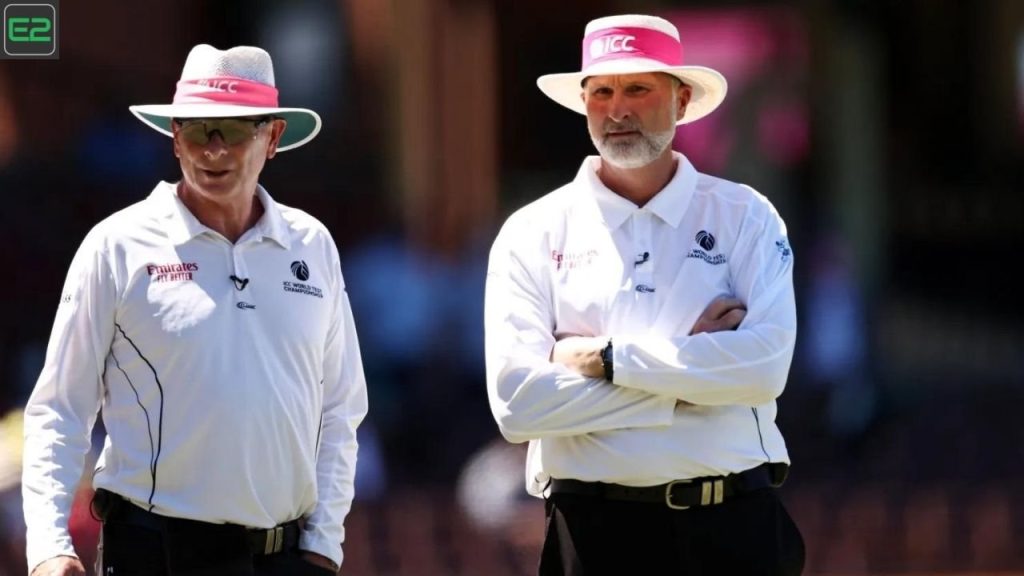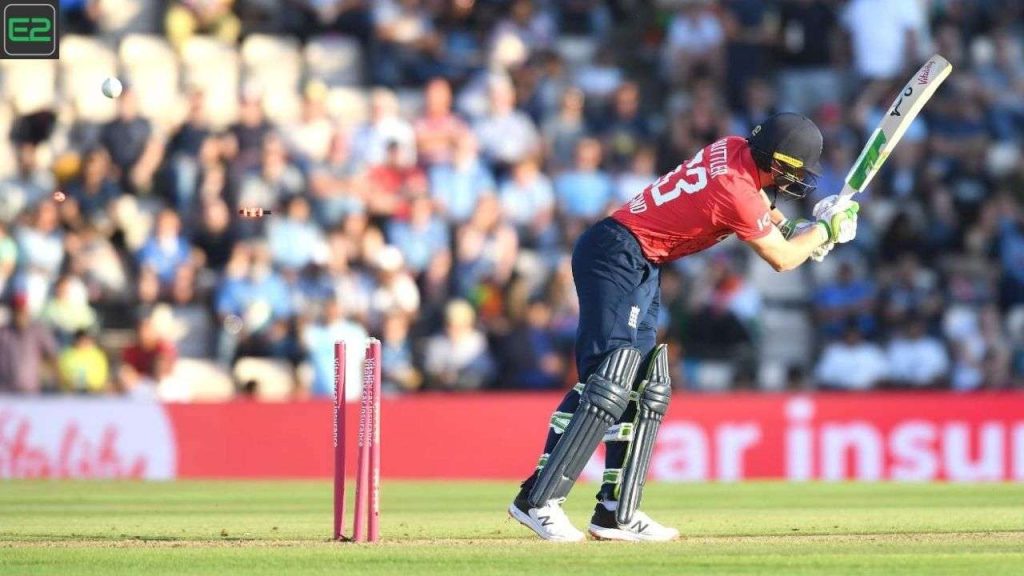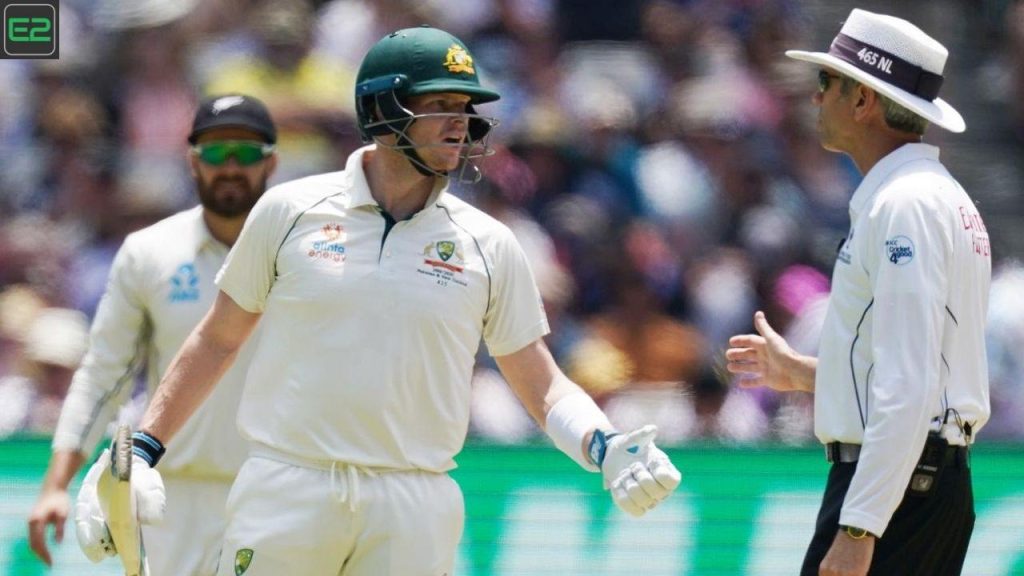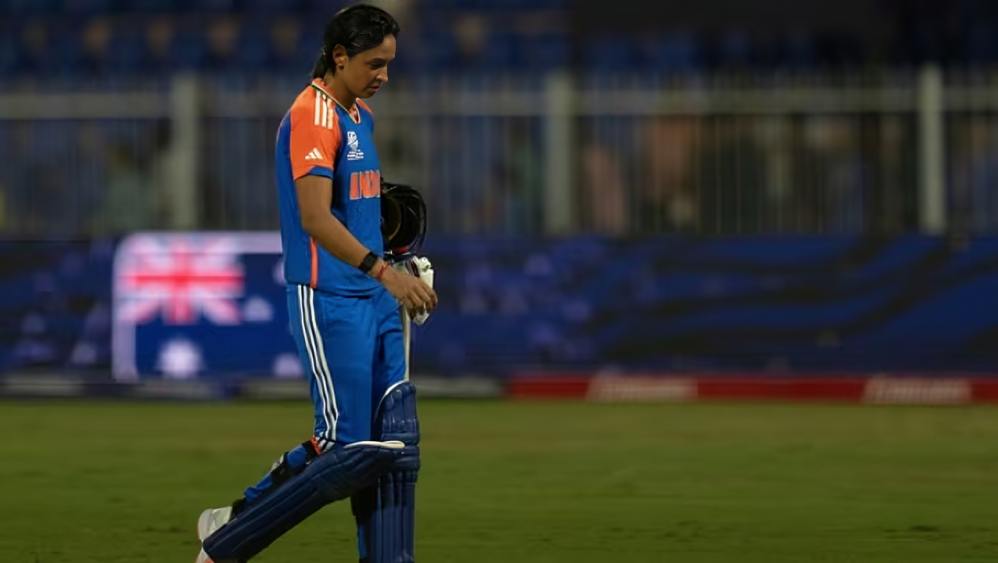Why Do Cricketers Get Cramps?: Cramps are a common issue faced by athletes across all sports, and cricket is no exception. Whether it’s a bowler delivering a crucial over, a batsman running between the wickets, or a fielder chasing down a ball, cramping can significantly impact performance. Understanding why cricketers get cramps involves delving into the physical demands of the sport, environmental factors, and individual player conditions. This article will explore the various reasons behind this phenomenon.
1. Physical Exertion and Muscle Fatigue
Cricket is a physically demanding sport that requires players to engage in high-intensity bursts of activity. Bowling, batting, and fielding all require different muscle groups to work in coordination, leading to muscle fatigue over time. When muscles become fatigued, they are more prone to cramping.
For instance, fast bowlers often deliver multiple overs in quick succession, which places immense strain on their legs, back, and shoulders. This repetitive motion can lead to cramping in the calves or hamstrings. Batsmen, too, may experience cramps from the quick sprints required to take runs, particularly during tense moments of a match.
2. Dehydration
Dehydration is one of the most significant contributors to muscle cramps. Cricket matches can last for several hours, often under the blazing sun, which increases fluid loss through sweat. When players do not adequately replenish fluids, their bodies become dehydrated, leading to an imbalance of electrolytes like sodium, potassium, and magnesium, all of which are essential for muscle function.
Cricketers must be vigilant about their hydration levels, especially during long matches or in hot weather. Drinking water and electrolyte-rich sports drinks can help maintain fluid balance and reduce the risk of cramps.
3. Nutritional Deficiencies
Nutrition plays a crucial role in an athlete’s performance and recovery. A diet lacking in essential nutrients, particularly electrolytes, can lead to muscle cramps. Cricketers need to consume a balanced diet rich in fruits, vegetables, and proteins to ensure they have adequate energy and nutrients for their physical demands.
For example, potassium and calcium are vital for muscle contraction and relaxation. If a player’s diet lacks these nutrients, they may be more susceptible to cramps. It is essential for players to work with nutritionists to develop meal plans that support their training and match demands.
4. Environmental Conditions
The conditions in which a cricket match is played can also influence the likelihood of cramping. High temperatures and humidity levels can increase sweat loss and the risk of dehydration. In contrast, playing in cold conditions can lead to muscle stiffness, making cramps more likely when players engage in sudden physical activity.
Players often need to adjust their hydration and nutrition strategies based on the weather conditions. For instance, during hot days, they might require more fluids and electrolyte replacements than in cooler weather.
5. Inadequate Warm-Up and Stretching
Proper warm-up and stretching routines are vital for preparing muscles for physical activity. When cricketers fail to adequately warm up, their muscles may be stiff and less pliable, increasing the risk of cramps during the game. A good warm-up increases blood flow to the muscles and prepares them for the demands of cricket.
Incorporating stretching exercises both before and after games can help maintain muscle flexibility and reduce the likelihood of cramping. Players should work with coaches and trainers to develop effective warm-up routines tailored to their specific needs.
6. Individual Factors
Finally, individual susceptibility to cramps can vary from player to player. Factors such as age, fitness level, and previous history of cramping can influence a player’s likelihood of experiencing cramps. Younger players or those who are new to the sport may not have the same level of fitness and conditioning as more experienced players, making them more prone to cramping.
Moreover, some players may have genetic predispositions to cramps or may be dealing with underlying medical conditions that increase their susceptibility. It’s essential for players to be aware of their bodies and to communicate any concerns with medical staff or trainers.
In summary, cramps are a common issue in cricket, arising from a combination of physical exertion, dehydration, nutritional deficiencies, environmental conditions, inadequate warm-up, and individual factors. For cricketers, understanding these causes is crucial for prevention and management. By maintaining hydration, adhering to proper nutrition, engaging in effective warm-up routines, and being mindful of environmental factors, players can minimise the risk of cramps and enhance their performance on the field. As with any aspect of athletic training, awareness and proactive measures are key to keeping cramps at bay.
Also Read: Why Do Cricketers Have Tattoos?
Welcome To E2Bet! You will have fun playing exciting games here
Here Are A Few Helpful Tips Regarding Games:



